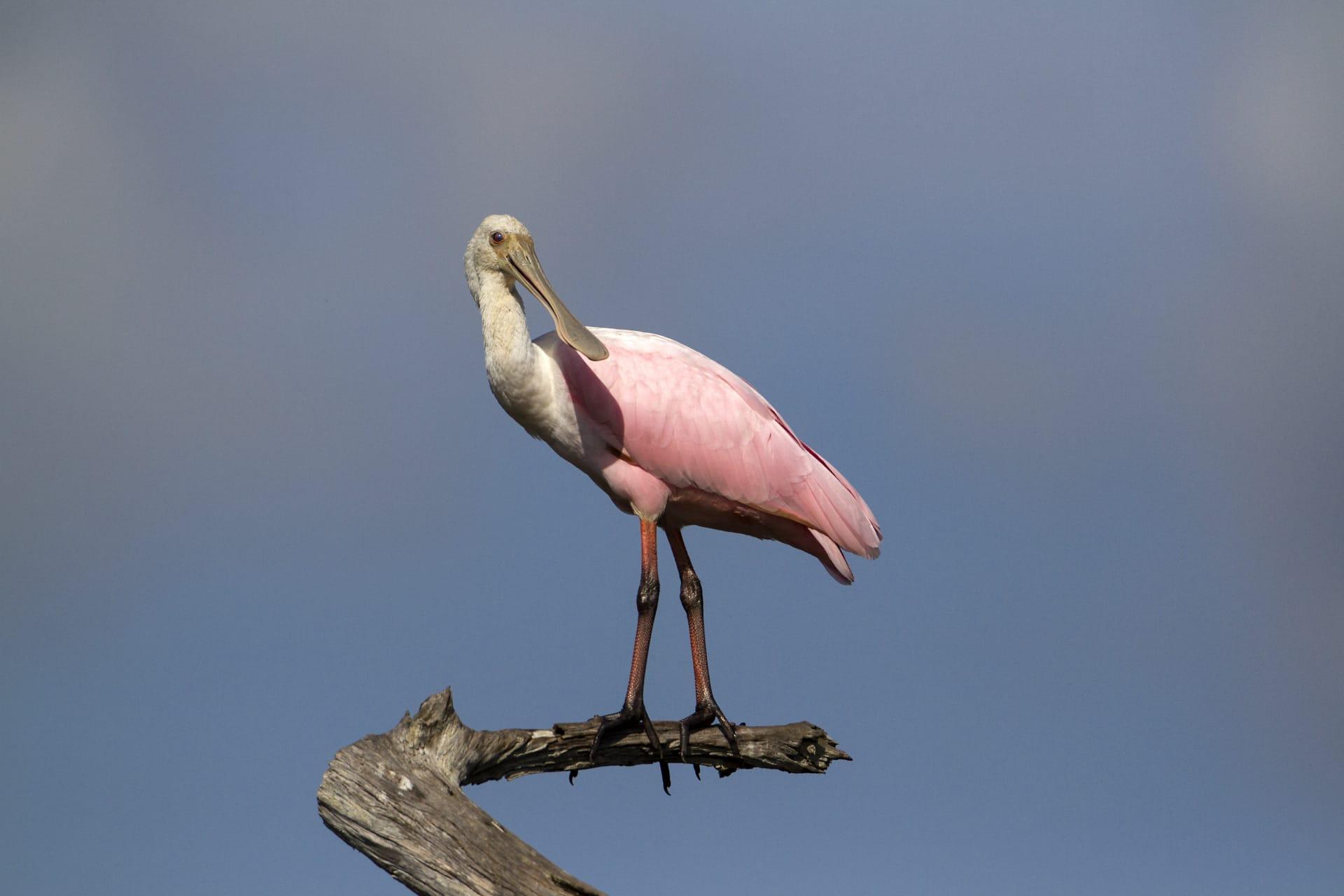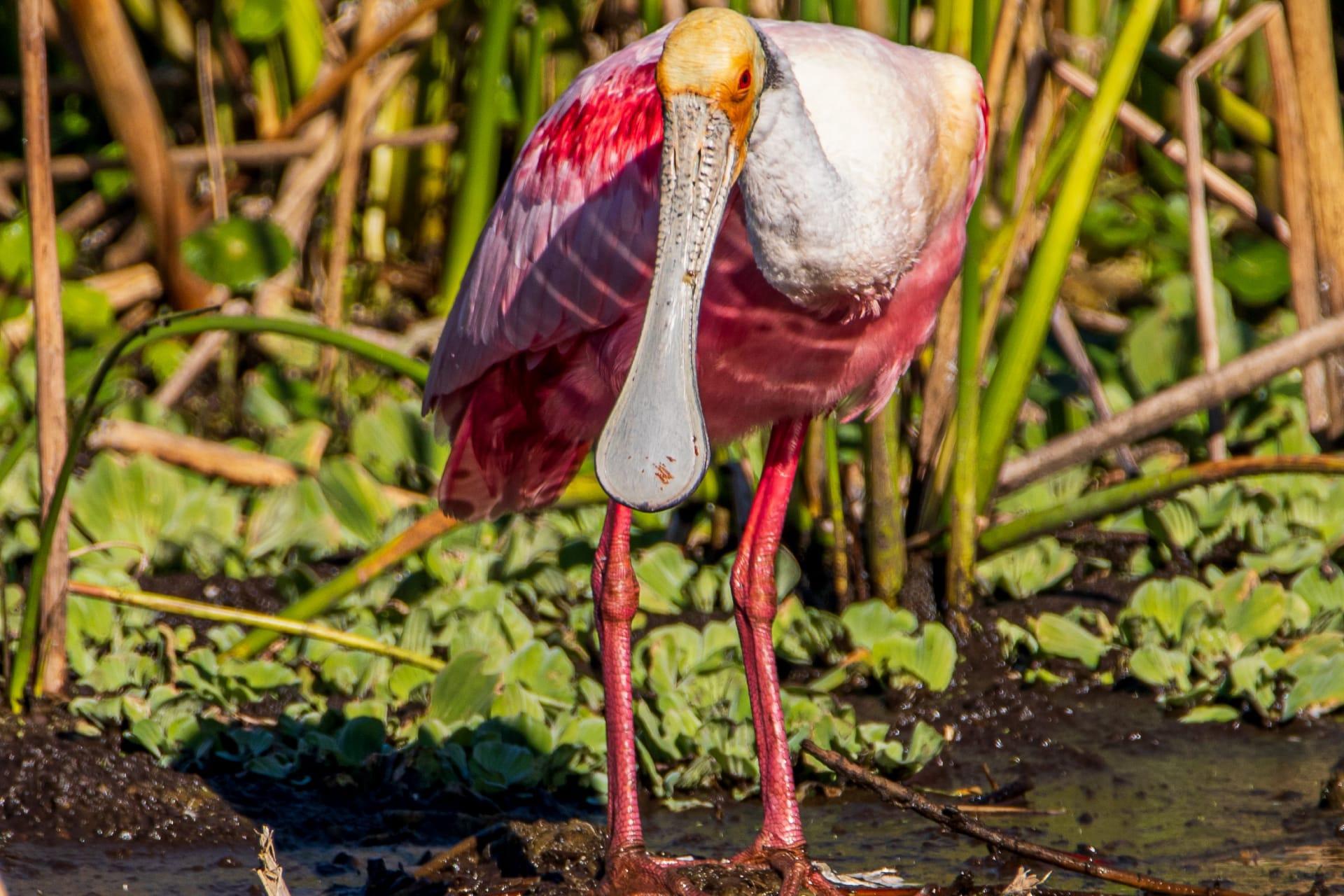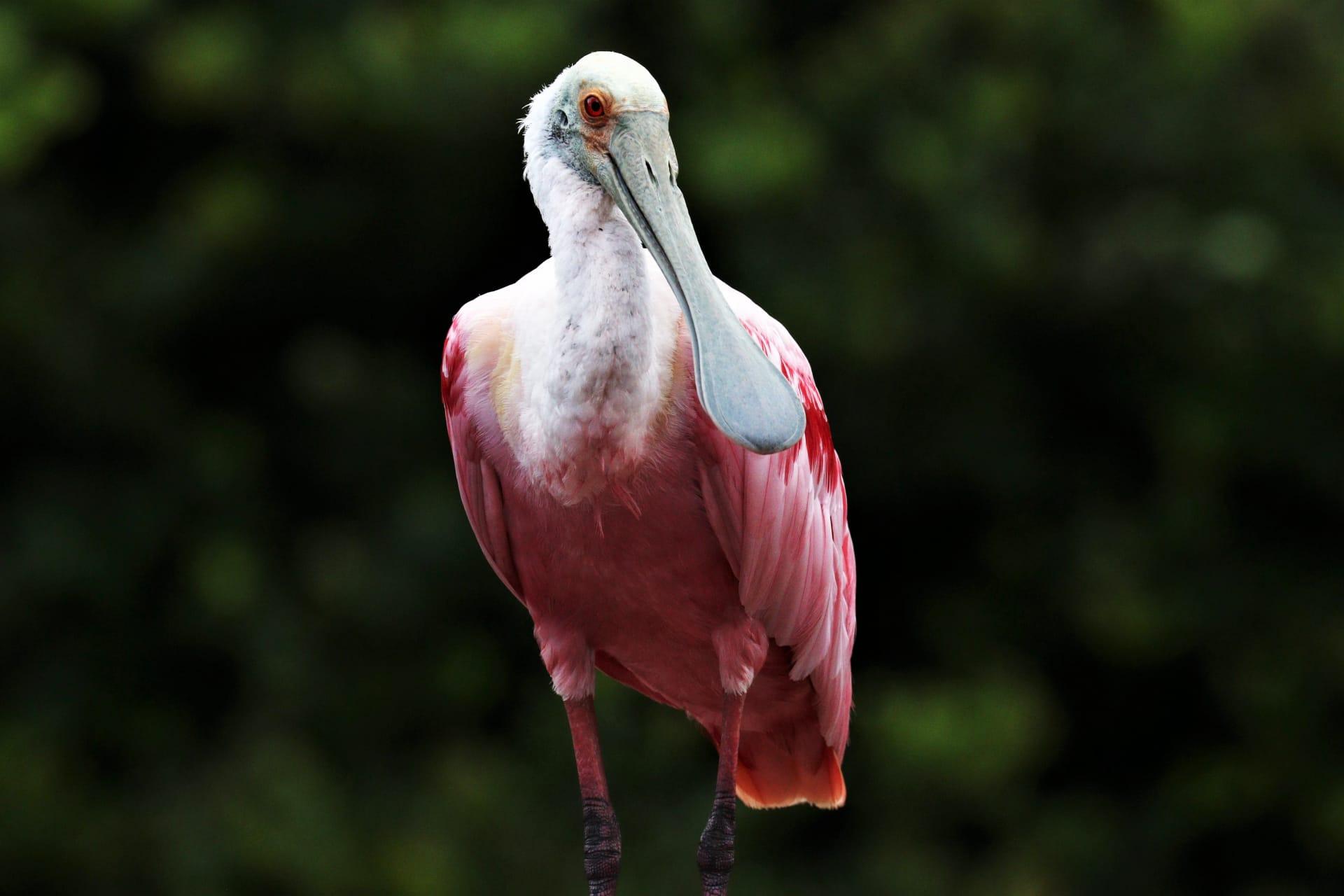Spoonbill
- Home /
- Mini Encyclopedia /
- Animal /
- Spoonbill
1
Spoonbills, belonging to the family Threskiornithidae, are a fascinating group of large, long-legged wading birds. There are six species of spoonbills, each with its unique characteristics. The most distinctive feature of spoonbills is their spoon-shaped bill, which sets them apart from other birds. This unique bill shape is not just for show; it plays a critical role in their feeding behavior. The Roseate Spoonbill, for instance, found mainly in the Americas, is known for its vibrant pink plumage, while the Royal Spoonbill, native to Australasia, boasts a striking white appearance with a black bill.
Spoonbills have a wide geographic distribution, spanning across various continents. The Eurasian Spoonbill, as the name suggests, is found across Europe and Asia, extending to North Africa. The African Spoonbill, primarily found in Sub-Saharan Africa, occupies a range of habitats from marshes to riverbanks. In the Americas, the Roseate Spoonbill is a common sight in the coastal regions, wetlands, and mangroves of the southeastern United States, Central America, and South America. The Black-faced Spoonbill has a more limited range, primarily found in East Asia and is considered endangered due to habitat loss and other human impacts.

2
Question: Do spoonbills use their spoon-shaped bills to dig through mud like shovels?
Answer: Contrary to popular belief, spoonbills do not use their bills to dig through mud like shovels. Instead, their feeding strategy is quite unique and fascinating. They use their spoon-shaped bills to sweep through shallow water, feeling for small fish, crustaceans, and aquatic insects. When their sensitive bill touches potential food, it snaps shut instantly, capturing the prey. This tactile feeding method is highly efficient in murky waters where visibility is low, allowing spoonbills to feed effectively by touch rather than sight.

3
Spoonbills have adapted several intriguing survival strategies to thrive in their environments. One key strategy is their social behavior. They are often seen feeding in groups, which not only helps in locating food but also provides protection against predators. Their nesting habits are also communal, with spoonbills preferring to nest in large colonies, often with other waterbirds. This communal living provides safety in numbers, as there are many eyes to watch for predators.
Another notable survival strategy is their migratory behavior. Some species of spoonbills, like the Eurasian Spoonbill, are migratory and travel long distances between breeding and wintering grounds. This migration is crucial for their survival, as it allows them to exploit different ecosystems and food sources, adapting to seasonal changes in their environment.

4
In the ecosystem, spoonbills play a significant role in controlling the population of aquatic organisms. By feeding on small fish, crustaceans, and insects, they help maintain a balanced aquatic ecosystem. This predatory role is crucial in preventing overpopulation of certain species, which could otherwise lead to ecological imbalances.
Spoonbills also contribute to the health of their habitats. Their foraging activity in shallow waters can help aerate the soil and water, promoting a healthier environment for other aquatic life. Additionally, as part of the food web, spoonbills themselves are prey for larger predators, thereby supporting the biodiversity of the ecosystem. Their presence in a habitat often indicates a healthy, functioning ecosystem, making them important indicators of environmental health.

5
Film: "Spoonbill Saga" is a captivating documentary produced in the United States in 2021. This film explores the life and challenges of spoonbills in the wild, particularly focusing on their unique feeding habits, migration patterns, and the impact of environmental changes on their habitats. The documentary provides an intimate look at these graceful birds, capturing their interactions and behaviors in stunning detail.
Book: "The World of Spoonbills" is a comprehensive guide to these fascinating birds, written by British ornithologist Dr. James Harrington and published in 2020. The book delves into the biology, behavior, and conservation of spoonbills, enriched with vivid photographs and illustrations. Harrington's expertise brings a depth of knowledge to the subject, making it an essential read for bird enthusiasts.
Book: "Spoonbills Unveiled," authored by Australian biologist Sarah Thompson and published in 2022, offers an insightful exploration into the lives of spoonbills across the globe. Thompson's narrative combines scientific research with engaging storytelling, providing a detailed account of the different species of spoonbills, their habitats, and the challenges they face in a rapidly changing world. The book is praised for its accessibility to a general audience and its contribution to bird conservation awareness.